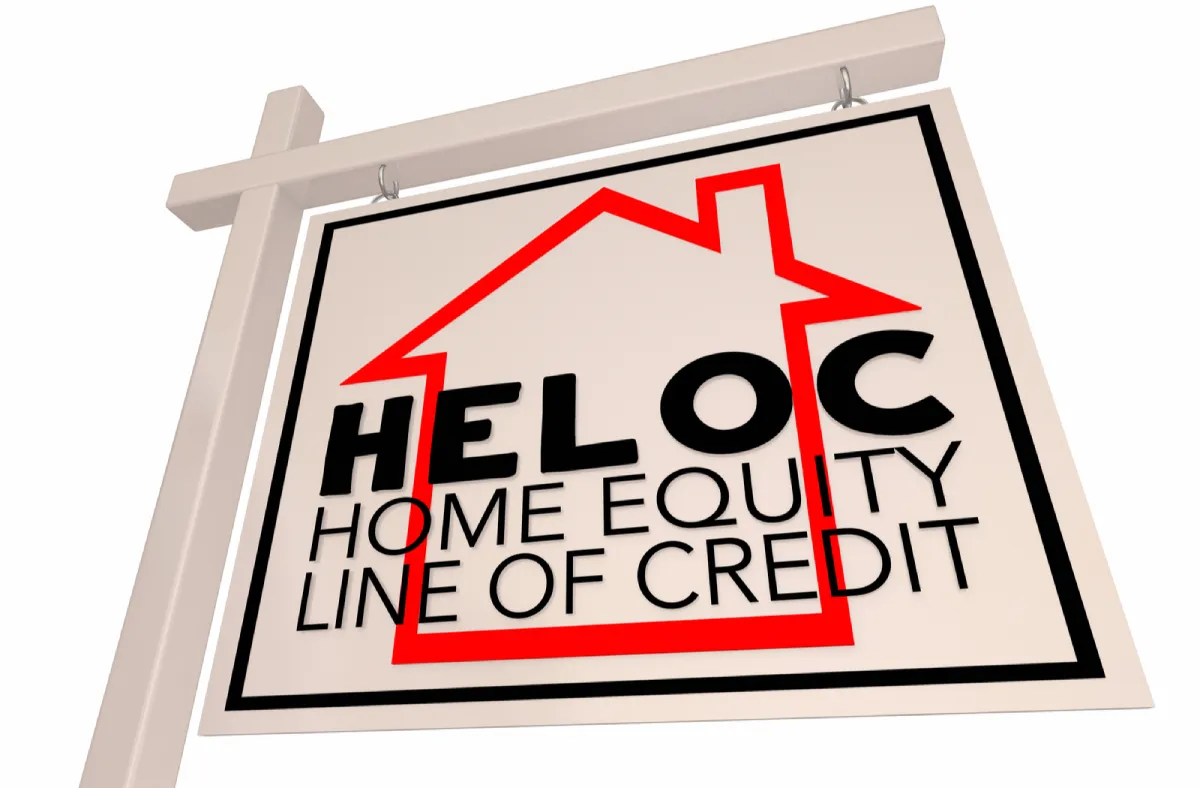How to Access Home Equity Without Refinancing
Accessing home equity can provide homeowners with much-needed funds for renovations, debt consolidation, or other financial goals. While refinancing is a common option, it might not always be the best choice, especially if interest rates are high or if you don’t want to restart your mortgage term. Fortunately, there are several alternative ways to tap into your home equity without refinancing.
1. Home Equity Line of Credit (HELOC)
A Home Equity Line of Credit (HELOC) allows you to borrow against your home’s equity, similar to a credit card. You can borrow as needed, and you only pay interest on the amount you borrow. The main advantage of a HELOC is its flexibility: you can draw funds over time and repay them as you go, which is ideal for ongoing expenses like home improvements or tuition payments. Just as startups rely on tools like JP Morgan Cap Table to efficiently manage their ownership and equity distribution, homeowners can use a HELOC to strategically manage their financial resources and leverage their assets effectively.
Pros:
- Flexible borrowing and repayment terms.
- Typically lower interest rates compared to credit cards or personal loans.
- Interest may be tax-deductible (consult a tax advisor).
Cons:
- Variable interest rates, which could increase over time.
- Risk of foreclosure if you fail to repay the loan.
2. Home Equity Loan
A Home Equity Loan is another way to access your home’s equity without refinancing. Unlike a HELOC, a Home Equity Loan provides a lump sum that you repay over a fixed period, typically with a fixed interest rate. This can be an attractive option if you need a specific amount of money for a particular project or expense.
Pros:
- Fixed interest rates and predictable monthly payments.
- Can be used for large expenses like major home renovations or debt consolidation.
Cons:
- Borrowing is limited to a lump sum, which could be less flexible.
- Fees and closing costs may apply.
3. Cash-Out Refinance Alternative: A Second Mortgage
If you want to access more equity but don’t want to go through a full refinance, a second mortgage could be an option. This involves taking out a new loan that is secured by your home in addition to your existing mortgage. You can typically borrow a lump sum or set up a line of credit.
Pros:
- Access to a larger amount of home equity.
- Fixed or variable rate options depending on the loan.
Cons:
- Monthly payments for both your primary mortgage and second mortgage.
- Risk of foreclosure if payments are missed.
4. Sell and Rent Back
Another unconventional option is to sell your home and then lease it back from the new owner. This option allows you to release the equity tied up in your property while continuing to live there. It’s particularly useful if you want to access equity but are not ready to move into a new home.
Pros:
- Immediate access to your home’s equity.
- Continue living in the home after the sale.
Cons:
- Loss of ownership and potential rent increases.
- Emotional impact of selling your home.
5. Personal Loan Using Home Equity as Collateral
If you have significant equity in your home but don’t want to use a traditional home equity loan or line of credit, a personal loan secured by your home’s equity could be a viable option. This type of loan allows you to borrow money with your home as collateral, often at a lower interest rate than unsecured personal loans.
Pros:
- Easier approval process than unsecured loans.
- Lower interest rates compared to personal loans without collateral.
Cons:
- Risk of foreclosure if the loan is not repaid.
- Borrowing limits may be lower than with other home equity options.
6. Reverse Mortgage (For Seniors)
If you’re 62 years or older, a reverse mortgage might be an option to access your home’s equity. This type of loan allows homeowners to convert part of their home equity into cash, without requiring monthly repayments. Instead, the loan is repaid when the homeowner moves, sells the home, or passes away.
Pros:
- No monthly payments required.
- Ability to receive the loan in a lump sum, monthly payments, or a line of credit.
Cons:
- Reduces the equity you have in your home.
- Can be costly due to fees, and interest can accumulate quickly.
Best Way to Get Equity Out of Your Home
The best way to get equity out of your home largely depends on your financial goals and personal circumstances. If you need flexibility, a HELOC might be ideal, as it allows you to access funds over time without a fixed repayment schedule. However, if you prefer predictable payments and a one-time lump sum, a Home Equity Loan might be better suited for your needs. For those who don’t want to refinance their entire mortgage, a second mortgage can provide a viable alternative. Ultimately, the best method will vary based on how much equity you need, your risk tolerance, and how you plan to use the funds.
Conclusion
There are multiple ways to access your home equity without refinancing, each with its own pros and cons. Whether it’s through a HELOC, a second mortgage, or other options, it’s important to consider your financial goals, ability to repay the loan, and the long-term impact on your home ownership. Always consult with a financial advisor or mortgage professional before making any decisions to ensure you choose the best option for your situation.

Leave a Reply